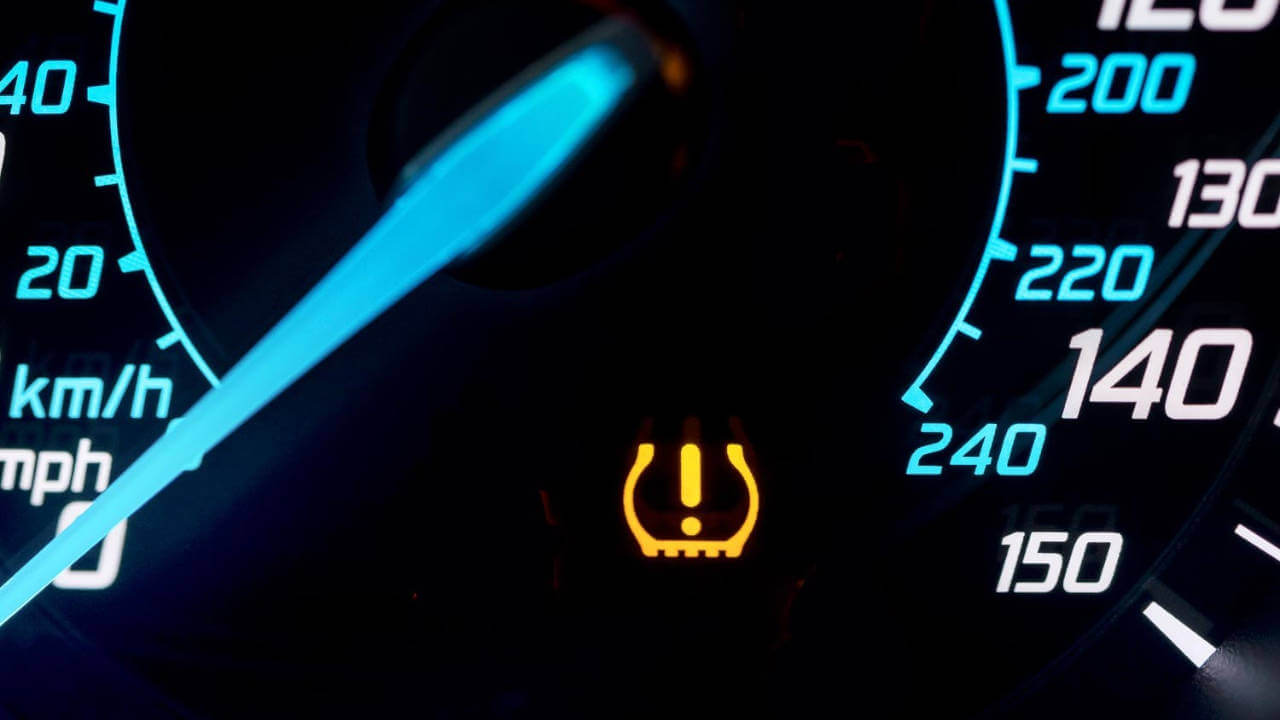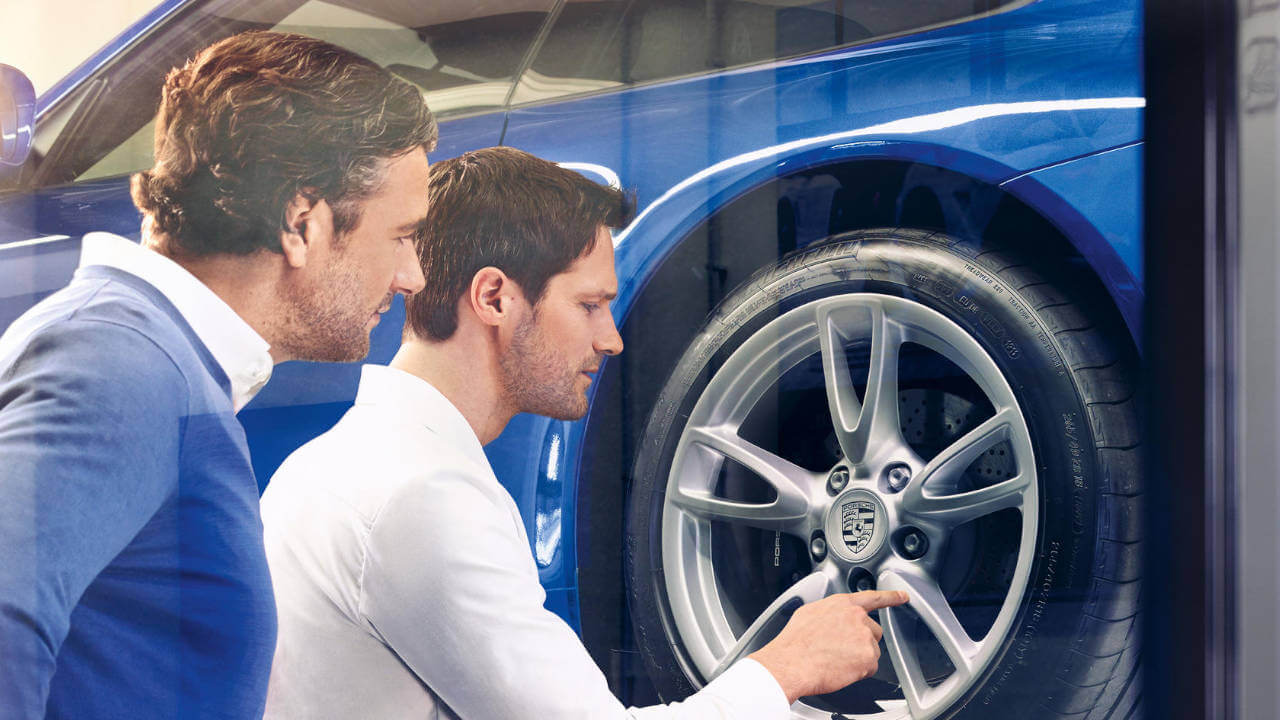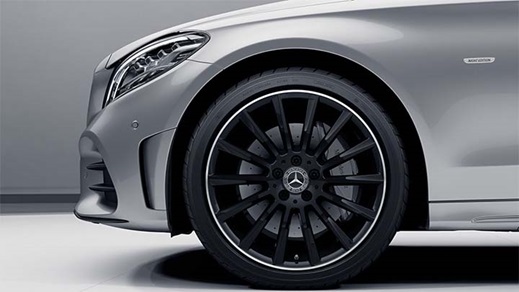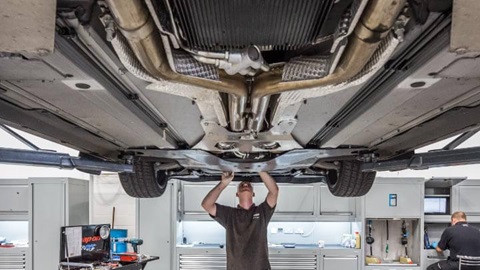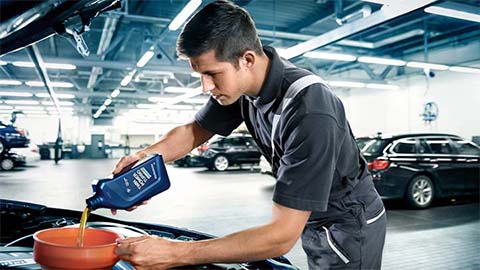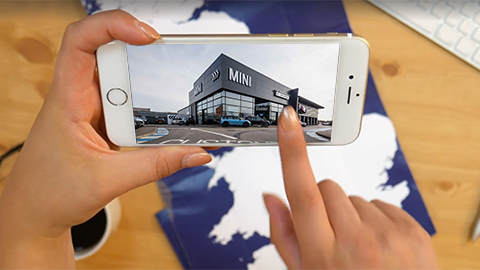Tyre Pressure Warning Light: What it Really Means
12th Feb 2021
What is a tyre pressure warning light?
The purpose of the TPMS (Tyre Pressure Monitoring System) is to alert you when your car's tyre pressures are too low. This system will cause a tyre pressure warning light to illuminate if a fault is detected.
Under inflated tyres can create unsafe driving conditions because of the increased rate of wear and the heightened possibilities of total failure.
Although a wide range of new car manufacturers utilise a TPMS in their models, the problem is they all react differently and can throw up a light on your dashboard for different reasons.
This guide will take you through the likely reasons the low pressure warning light has illuminated and how you can rectify it.
Reasons your tyre pressure warning light might be on include:
Your tyre pressures are low
There's nothing quite like stating the obvious; but when the tyre pressure warning light comes on, most of the time it is because your tyre pressures are actually low.
Typically, manufacturers set the TPMS on their cars to trigger the light when the pressures have fallen below 75% of the car's recommended specifications. As a result, you usually have plenty of time to rectify the issue.
Leaving the tyres under inflated will lead to uneven and accelerated tyre wear, increased fuel consumption and less stability when driving. We always recommend checking your tyre pressures on a regular basis to ensure you are keeping yourself (and other road users) safe when driving.
Change in weather temperature
Ever come to your car after a frosty night and found the tyre pressure warning light has popped up? This is most likely because of the drop in ambient temperature overnight.
But why?
You may already know that cold air is far denser than warm air. Well, although there are less molecules in warm air, they carry far more energy and therefore can exert more pressure on their surroundings.
On the other hand, cold air carries less energy and therefore cannot exert as much pressure. As a result, as the temperature drops, so does the pressure being exerted on the inside of your tyre.
How do I rectify this?
It's always worth double-checking your tyre pressures in this case, especially if the cold weather is staying around. Alternatively, if you only checked the pressures recently, then going for a drive and getting some heat in the tyres will solve the issue.
The TPMS sensor is faulty
Although this is not always the go-to issue, it has been known to raise a few eyebrows among motorists who can't fathom why the light is still on despite pumping up the tyres to manufacturer specifications.
Typically, a faulty TPMS sensor will flash for a period of time and then remain illuminated (please confirm with your vehicle's handbook since every car is different). It is always better to be safe than sorry, so checking your tyre pressures is a good idea.
If the problem remains then we recommend booking your car into your local Stratstone retailer who will have a qualified technician address the issue for you.
You have something in your tyre
Is there anything worse than coming out to find your car has a nail in its tyre? Sometimes you're lucky and discover the nail early on so you can sort it accordingly, other times not.
If you notice your tyre pressure consistently goes down (triggering the TPMS) then you need to give the offending tyre a good once over visually to see if you can spot any nails, stones or sharp items poking out the tread.
If you find something in your tyre then it is imperative that you visit your local Stratstone dealer who will be able to either repair or replace the tyre for you.
Still unsure? Talk to the experts
If you've tried all of the above and you're still getting a warning light, it is well worth taking your car to a reputable dealership to have the tyres checked out by a professional.
At Stratstone, our Vehicle Health Check service will not only check the condition of your tyres, but also the rest of the important components that keep you safe on the road.
We also offer tyre fitting and repair services, should they be required.




